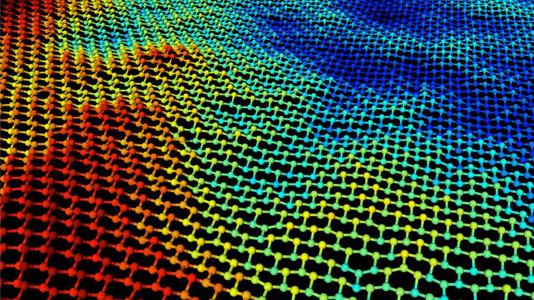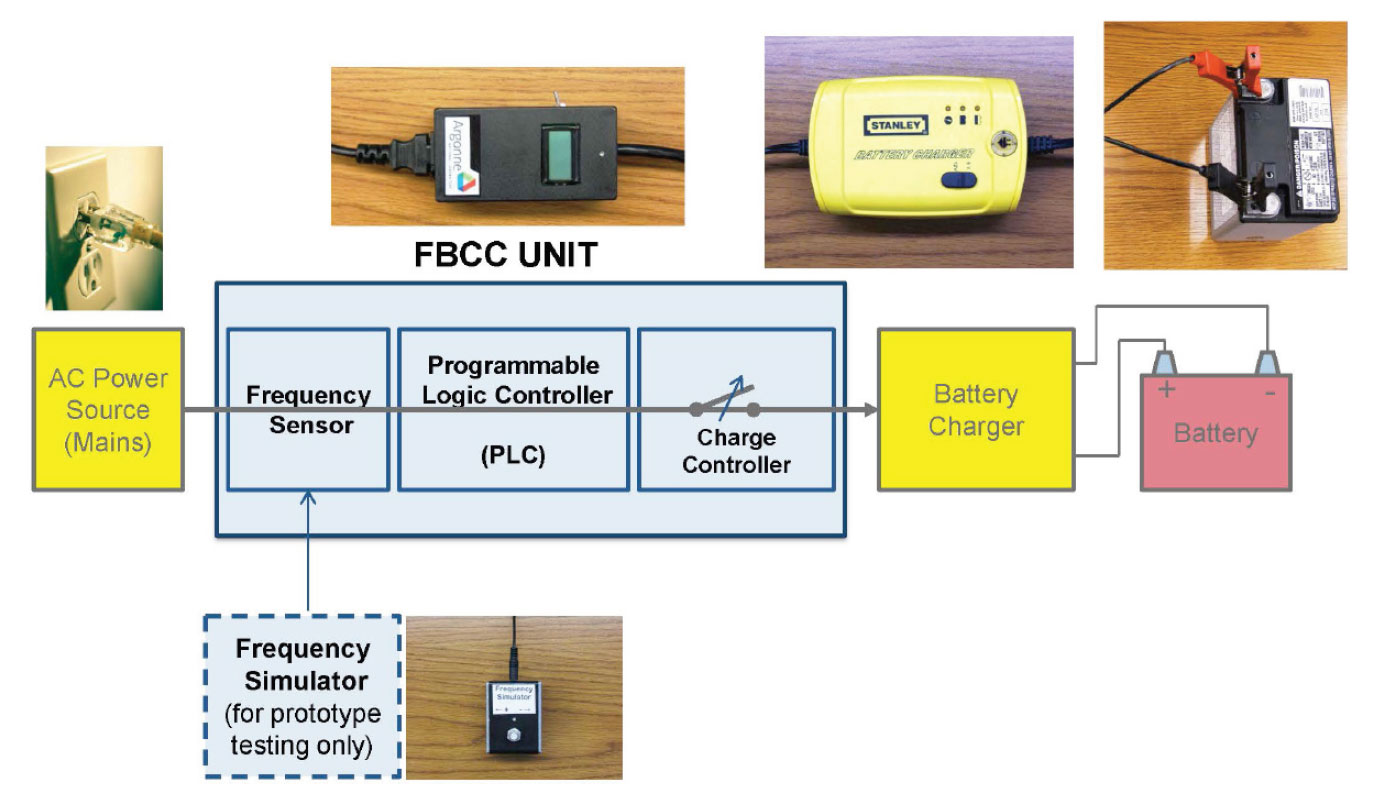- “Smart” Frequency-Sensing Charge Controller for Electric Vehicles (IN-10-049)
The Invention
A “smart” frequency-based charge controller (FBCC) system for electric vehicles and a method for implementing demand response and regulation services to power grids.
As plug-in hybrid electric vehicles and battery electric vehicles become more popular, they create additional demand for electricity. Their emergence also raises a host of issues regarding how, where and when car batteries should be charged—and the resulting load on the power grid.
Electric utilities strive to avoid large fluctuations in the power supply and keep the system’s frequency stable at 60 Hz. In this way, they maintain balance in supply and demand and avoid severe imbalances that could lead to a system blackout. Large numbers of cars needing a charge at the same time could potentially tax the power grid unduly.
To counter these challenges, Argonne’s system uses frequency-sensing charge controllers that provide automatic demand response and regulation service to the grid by reducing or turning the charging load completely off if the system frequency falls below given threshold, and turning it back on after the balance of supply and demand has been restored. The system minimizes the burden on the power grid and provides significant benefits to electric utilities by providing a frequency-responsive load.
Current systems that regulate electric power lie almost exclusively on the supply side, requiring utilities to constantly adjust the power output of their generating units to match consumer demand. By contrast, the Argonne-developed system operates from the demand side, relying on a highly responsive frequency-sensing charge controller. The controller continuously monitors power grid frequency and compares it to a predefined tolerance band, then applies it to a programmable logic controller. A charge controller and a switch connected to a battery charger receive respective identified control actions for managing the charger. The controller responds automatically to large drops in grid frequency by shedding the vehicle’s charging load, and resumes charging once the grid disturbance has passed. In this way, it turns the charging load of electric vehicles into a frequency-responsive load which helps regulate system frequency from the demand side and reduces the need for under-frequency shedding of other consumer loads.
Benefits
- Small, inexpensive to manufacture and easy to install
- Can be installed on a vehicle or its battery charger
- Requires no maintenance
- Operates automatically; does not need signals from the utility dispatch center
- Permits better integration of intermittent renewable energy sources into the power grid by quickly compensating for their variability
- Safe: not vulnerable to cyber attack or terrorist threat
- Increases the reliability and security of the power supply and reduces the risks of power outages
Applications and Industries
- Power industry
- Automotive industry
Developmental Stage
Ready for commercialization

